Introduction
Welcome to a flavorful journey through the culinary world of parsley! In this comprehensive guide, we will explore the versatile uses of parsley in cooking, from traditional recipes to modern culinary innovations. Discover how this humble herb, with its fresh and vibrant flavor, can elevate your dishes to new heights and tantalize your taste buds with every bite.
Table of Contents
Exploring Uses of Parsley in Cooking

Parsley, with its delicate yet robust flavor, holds a special place in the culinary landscape. Its versatility knows no bounds, making it a staple herb in kitchens around the globe. From adding a pop of color to garnishing dishes, parsley brings a freshness that complements a wide range of cuisines. Whether used as a primary ingredient or as a supporting herb, parsley lends its distinct flavor to countless recipes, enhancing the overall dining experience.
Recipes Featuring Parsley
1. Parsley Sage Rosemary and Thyme Roasted Chicken
Dive into the realm of savory delights with a succulent roasted chicken infused with the aromatic flavors of parsley, sage, rosemary, and thyme. Follow our detailed recipe instructions to create a masterpiece that will tantalize your taste buds and impress your guests.
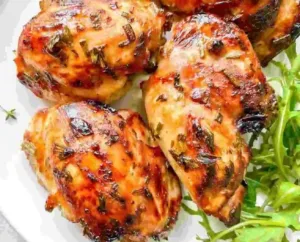
Here’s a step-by-step recipe for “Parsley Sage Rosemary and Thyme Roasted Chicken”:
Ingredients:
- 1 whole chicken (about 4-5 pounds)
- 4 tablespoons of fresh parsley, chopped
- 2 tablespoons of fresh sage leaves, chopped
- 2 tablespoons of fresh rosemary leaves, chopped
- 2 tablespoons of fresh thyme leaves, chopped
- 4 cloves of garlic, minced
- 2 tablespoons of olive oil
- Salt and pepper to taste
Instructions:
- Preheat your oven to 375°F (190°C) and prepare a roasting pan lined with aluminum foil for easy cleanup.
- Rinse the chicken under cold water and pat it dry with paper towels. Place the chicken in the roasting pan, breast side up.
- In a small bowl, combine the chopped parsley, sage, rosemary, thyme, and minced garlic. Add olive oil to the herb mixture and mix well to create a herb-infused paste.
- Carefully loosen the skin of the chicken by gently sliding your fingers between the skin and the meat, being careful not to tear the skin.
- Using your hands, spread the herb mixture evenly under the skin of the chicken, covering the breast and thigh areas.
- Season the outside of the chicken generously with salt and pepper, ensuring even coverage.
- Optional: Tie the legs of the chicken together with kitchen twine to help the chicken cook evenly.
- Place the roasting pan in the preheated oven and roast the chicken for approximately 1 hour and 15 minutes to 1 hour and 30 minutes, or until the internal temperature of the thickest part of the thigh registers 165°F (74°C) on a meat thermometer.
- Halfway through the cooking time, baste the chicken with the pan juices to keep it moist and flavorful.
- Once the chicken is fully cooked, remove it from the oven and let it rest for 10-15 minutes before carving.
- Carve the chicken into serving pieces and transfer to a serving platter.
- Serve the Parsley Sage Rosemary and Thyme Roasted Chicken hot with your favorite side dishes and enjoy the flavorful herb-infused goodness!
- Store any leftovers in an airtight container in the refrigerator for up to 3-4 days.
Enjoy your deliciously seasoned Parsley Sage Rosemary and Thyme Roasted Chicken!
Also Read : From Garden to Table: Growing Parsley
2. Dill and Parsley Potato Salad
Embrace the flavors of summer with a refreshing potato salad featuring the bright and zesty combination of dill and parsley. Perfect for picnics, barbecues, or any outdoor gathering, this salad is sure to be a crowd-pleaser.
Certainly! Here’s a step-by-step recipe for Dill and Parsley Potato Salad:
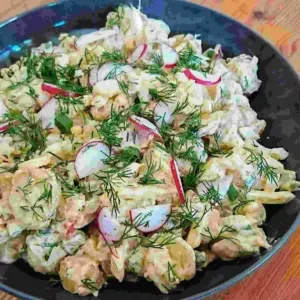
Ingredients:
- 2 pounds of potatoes (preferably Yukon Gold or red potatoes), washed and cut into bite-sized cubes
- 1/4 cup of fresh dill, finely chopped
- 1/4 cup of fresh parsley, finely chopped
- 1/4 cup of red onion, finely chopped
- 1/4 cup of celery, finely chopped
- 1/2 cup of mayonnaise
- 2 tablespoons of Dijon mustard
- 1 tablespoon of white vinegar
- Salt and pepper to taste
Instructions:
- Place the cubed potatoes in a large pot and cover them with cold water. Add a pinch of salt to the water.
- Bring the water to a boil over high heat, then reduce the heat to medium-low and simmer the potatoes for about 10-15 minutes or until they are tender when pierced with a fork.
- While the potatoes are cooking, prepare the dressing. In a small bowl, whisk together the mayonnaise, Dijon mustard, white vinegar, salt, and pepper until well combined. Adjust the seasoning to taste.
- Once the potatoes are tender, drain them in a colander and rinse them briefly under cold water to stop the cooking process. Allow the potatoes to cool slightly.
- Transfer the cooked potatoes to a large mixing bowl. Add the chopped dill, parsley, red onion, and celery to the bowl with the potatoes.
- Pour the prepared dressing over the potato mixture and gently toss everything together until the potatoes are evenly coated with the dressing and the ingredients are well combined.
- Taste the potato salad and adjust the seasoning with additional salt and pepper if needed.
- Cover the bowl with plastic wrap and refrigerate the potato salad for at least 1-2 hours to allow the flavors to meld together.
- Once chilled, give the potato salad a final stir and transfer it to a serving dish.
- Garnish the potato salad with additional fresh herbs, if desired, and serve it cold as a delicious side dish at your next picnic, barbecue, or family gathering.
- Store any leftover potato salad in an airtight container in the refrigerator for up to 3-4 days.
Enjoy your homemade Dill and Parsley Potato Salad packed with fresh flavors and vibrant colors!
Also Read: The Ultimate Guide to Different Types of Parsley
3. Parsley Pesto Pasta
Elevate your pasta game with a vibrant parsley pesto sauce that bursts with fresh flavors. Our step-by-step guide will walk you through the process of creating this versatile sauce, perfect for tossing with pasta or as a flavorful topping for grilled meats and vegetables.
Here’s a step-by-step recipe for Parsley Pesto Pasta:
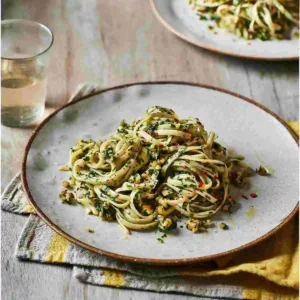
Ingredients:
- 8 ounces (about 225 grams) of dried pasta (such as spaghetti, fettuccine, or penne)
- 2 cups of fresh parsley leaves, packed
- 1/2 cup of grated Parmesan cheese
- 1/4 cup of pine nuts or walnuts
- 2 cloves of garlic, peeled
- 1/2 cup of extra-virgin olive oil
- Salt and pepper to taste
- Optional: additional grated Parmesan cheese for serving
Instructions:
- Cook the pasta according to the package instructions in a large pot of salted boiling water until al dente. Reserve about 1/2 cup of pasta cooking water before draining the pasta.
- While the pasta is cooking, prepare the parsley pesto. In a food processor or blender, combine the fresh parsley leaves, grated Parmesan cheese, pine nuts or walnuts, and peeled garlic cloves.
- Pulse the ingredients until they are finely chopped and well combined.
- With the food processor or blender running, slowly drizzle in the extra-virgin olive oil until the mixture forms a smooth and creamy pesto sauce. You may need to scrape down the sides of the bowl occasionally to ensure that all the ingredients are evenly incorporated.
- Season the parsley pesto with salt and pepper to taste, adjusting the seasoning as needed.
- Once the pasta is cooked, drain it well and transfer it back to the pot.
- Add the prepared parsley pesto to the cooked pasta, along with a splash of the reserved pasta cooking water. Toss everything together until the pasta is evenly coated with the pesto sauce and has a glossy appearance.
- Taste the pasta and adjust the seasoning with additional salt and pepper if needed.
- Serve the Parsley Pesto Pasta hot, garnished with additional grated Parmesan cheese if desired.
- Enjoy your homemade Parsley Pesto Pasta as a delicious and vibrant dish that’s perfect for any occasion!
- Store any leftover pasta in an airtight container in the refrigerator for up to 3-4 days. The flavors may intensify over time, making it even more delicious for leftovers!
Exploring Different Cuisines with Parsley
Embark on a culinary journey across various cultures where parsley reigns supreme. From the Mediterranean shores to the bustling streets of the Middle East and the vibrant markets of Latin America, parsley holds a cherished place in the hearts and palates of people worldwide. Explore signature dishes from each cuisine that showcase parsley’s unique flavor profile and culinary versatility, offering a glimpse into the rich tapestry of global gastronomy.
Medicinal Uses and Beyond
Beyond its culinary prowess, parsley boasts a rich historical and cultural significance, extending into the realms of traditional medicine and herbal remedies. While its alleged medicinal properties, such as its role in herbal tinctures and its rumored connection to hair growth and abortion, are subjects of historical lore, parsley continues to captivate with its multifaceted allure.
Also Read: Parsley Water and Its Traditional Uses: A Natural Elixir
Sourcing Parsley and Pricing
For those eager to embark on their culinary adventures with parsley, sourcing fresh herbs is key. Whether scouring local markets, specialty stores, or exploring online suppliers, knowing where to find quality parsley can elevate your cooking endeavors. Factors such as seasonality, variety, and geographical location may influence the price of parsley, but the culinary rewards are well worth the investment.
Conclusion
In conclusion, parsley stands as a culinary powerhouse, offering not only a burst of fresh flavor but also a rich cultural heritage and potential health benefits. As you explore the myriad ways to incorporate parsley into your cooking repertoire, may you unlock its full potential and embark on a journey of gastronomic delight. So go ahead, let parsley be your culinary muse, and watch as your dishes come alive with flavor and flair. Happy cooking!

Rupesh Sagvekar is Content writer, Food blogger and owner of Manvik Foods, an online shop in Mumbai, India that specializes in selling high-quality dry fruits, nuts, berries, whole and powdered spices. Under the authority of Manvik Enterprises Organisation, Rupesh and his team believe that quality is of the utmost importance. They take great care to ensure that their products are verified, tested, and of the best possible quality. Rupesh’s goal is to make sure that every customer is satisfied with what they receive from Manvik Foods.
As an Amazon affiliate, Manvik Foods ships their products all over India, allowing customers from all corners of the country to enjoy their delicious and nutritious products. With Rupesh at the helm, Manvik Foods has become known for their commitment to quality, exceptional customer service, and passion for healthy, natural foods.




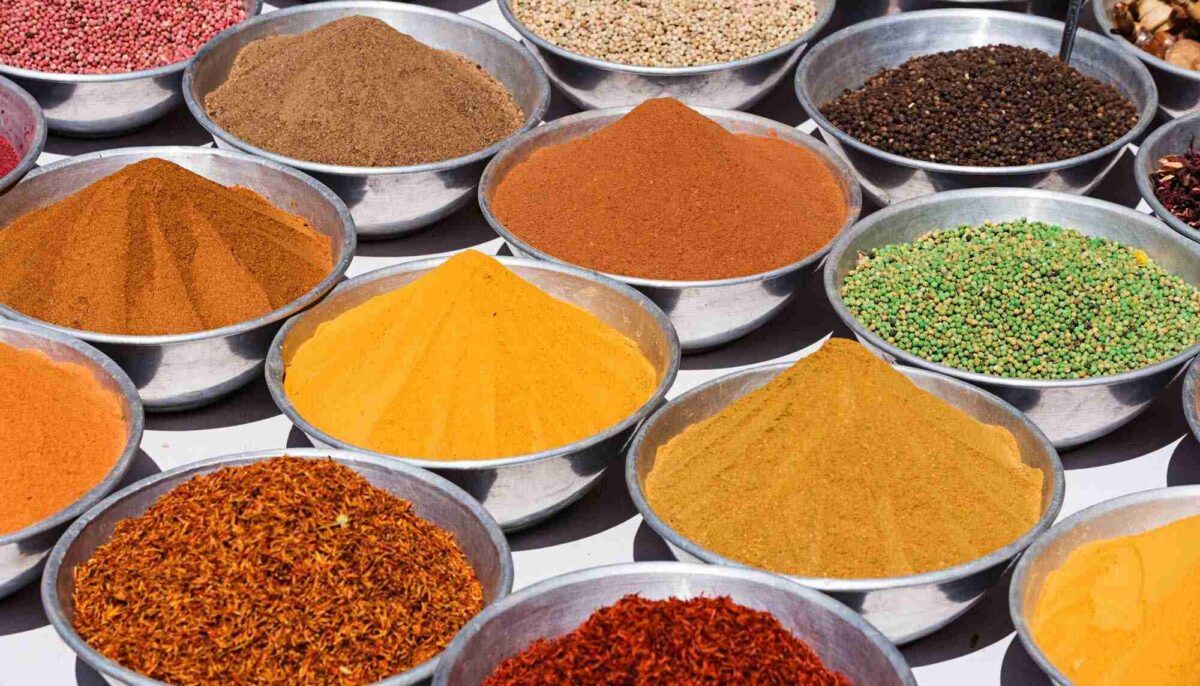
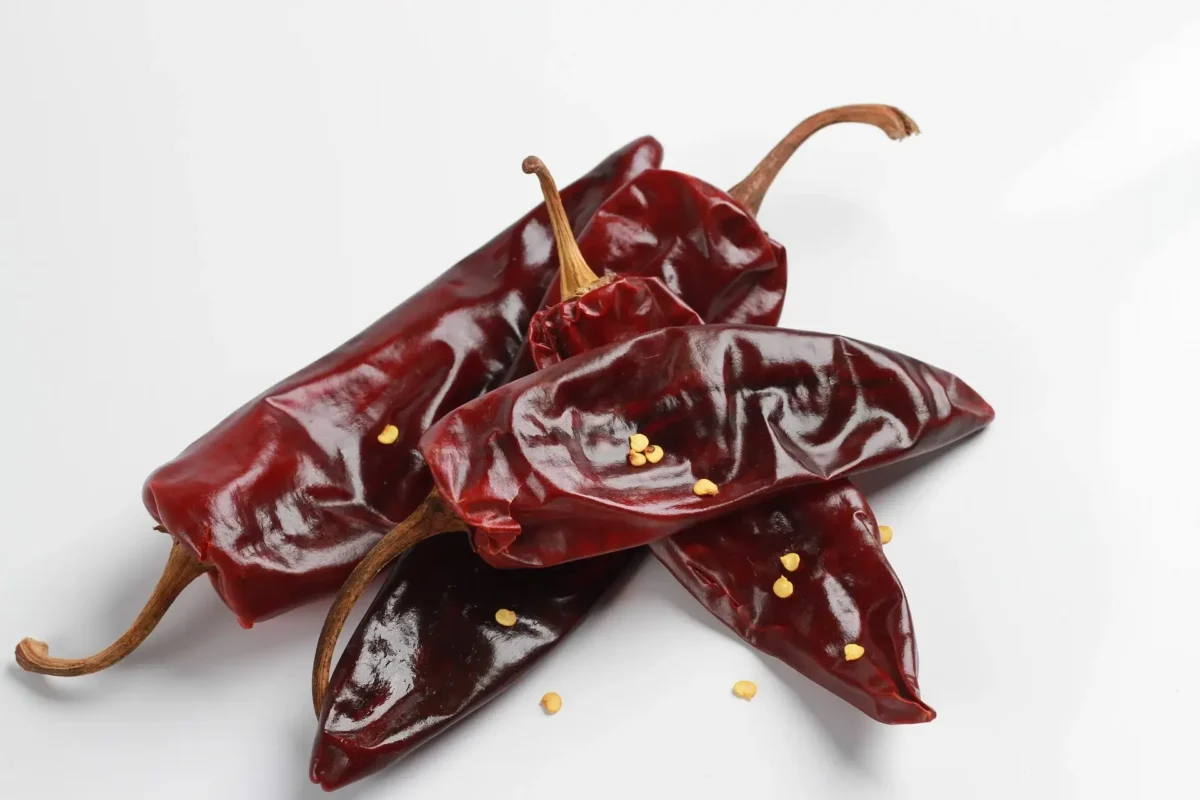


Pretty! This has been a really wonderful post. Many thanks for providing these details.
For the reason that the admin of this site is working, no uncertainty very quickly it will be renowned, due to its quality contents.
very informative articles or reviews at this time.